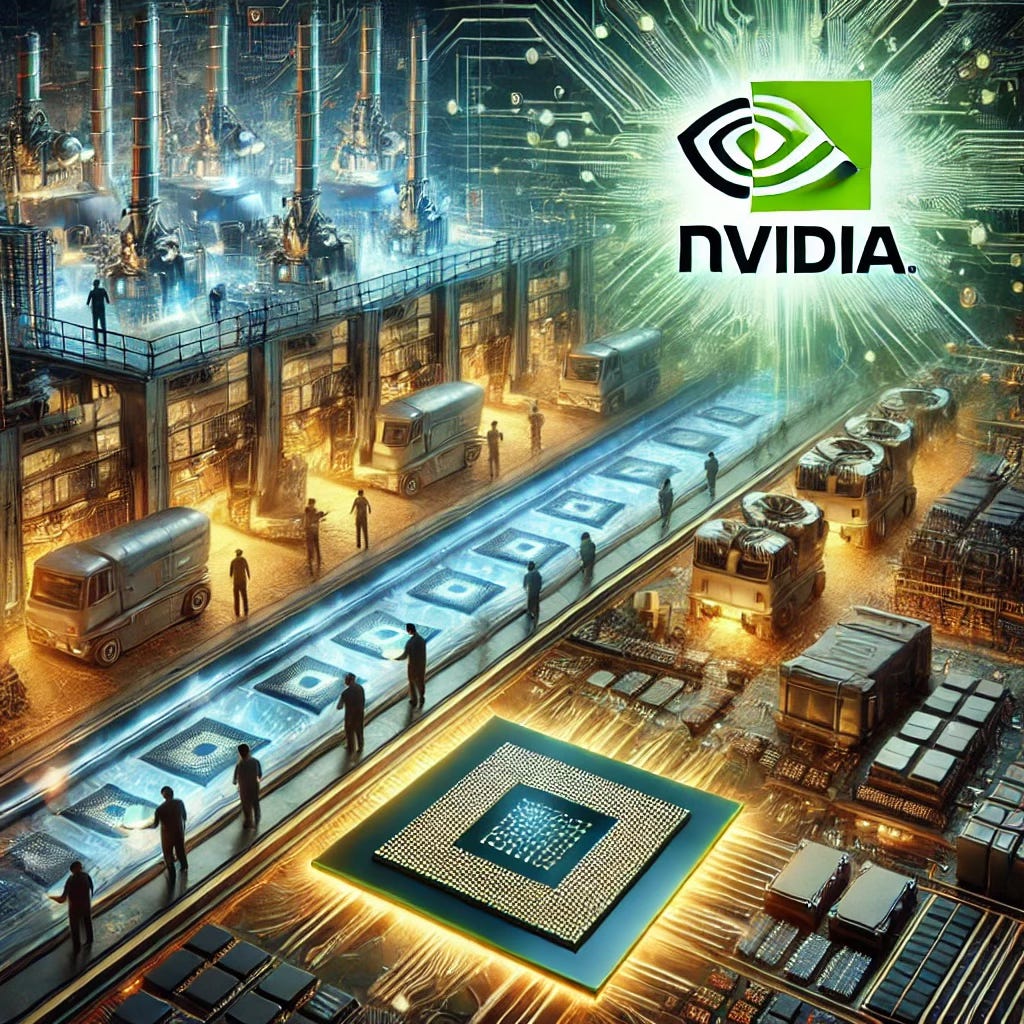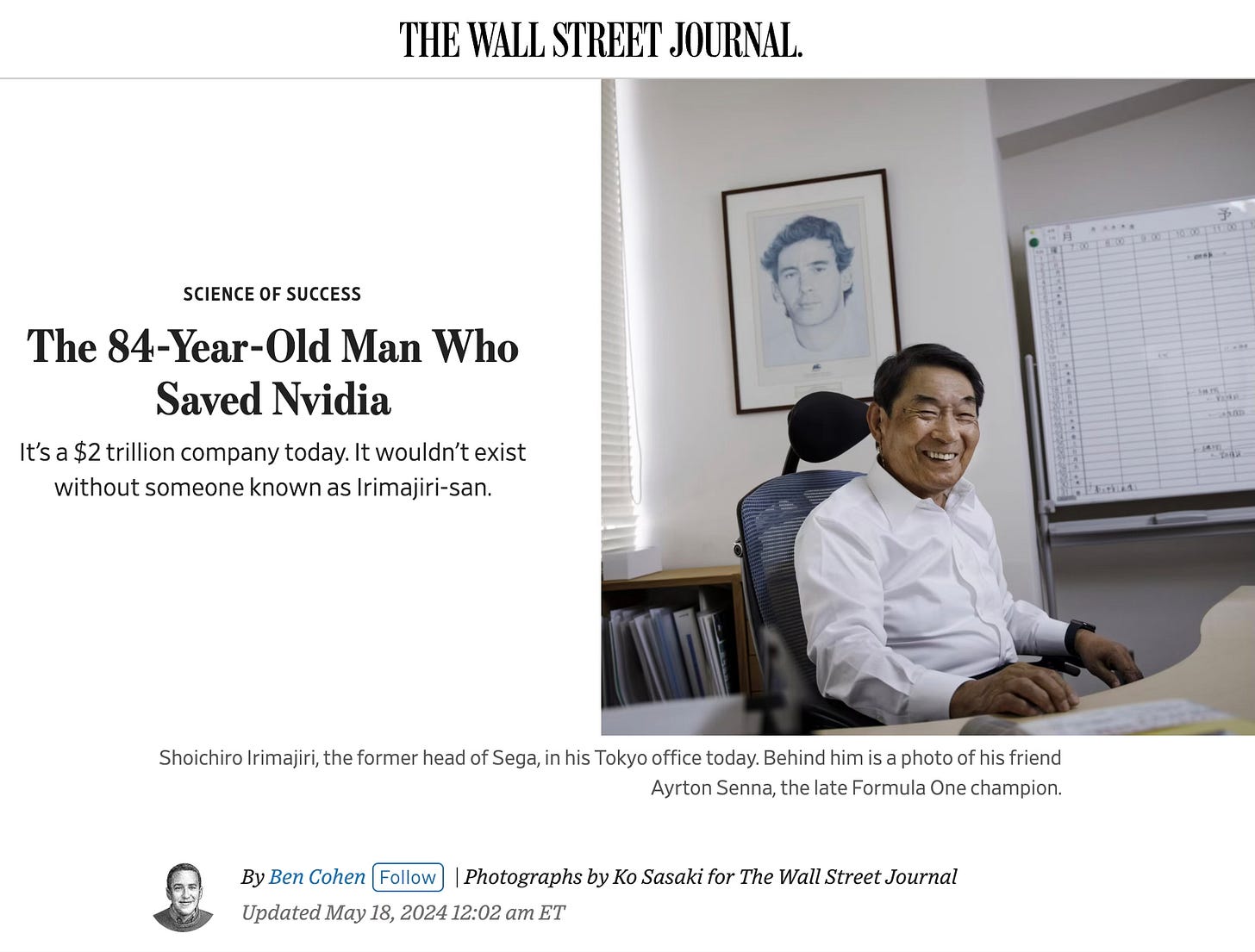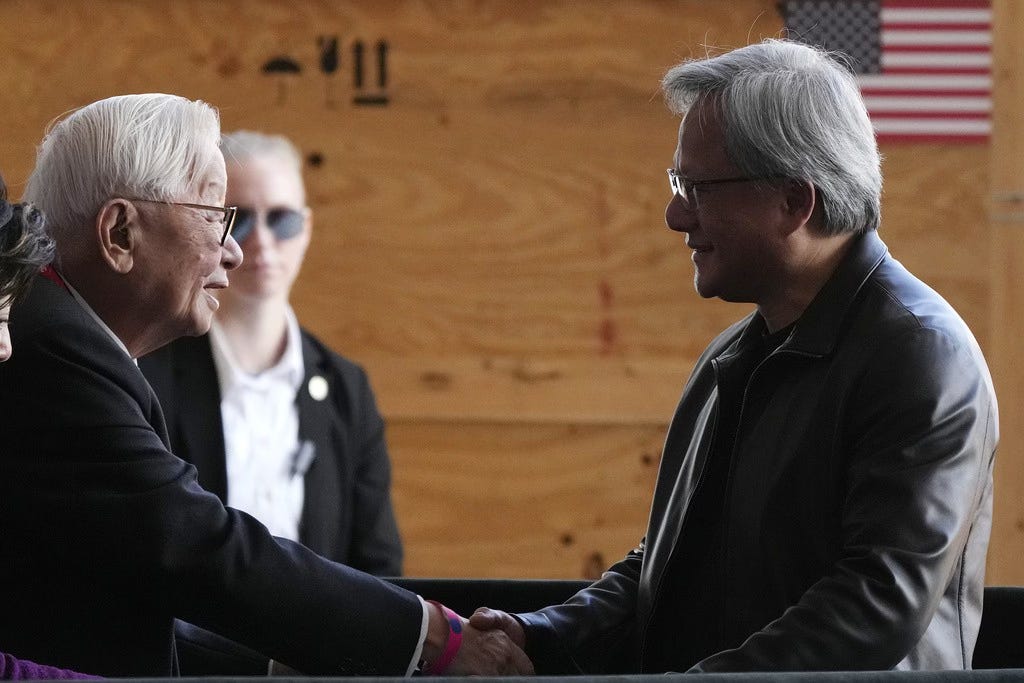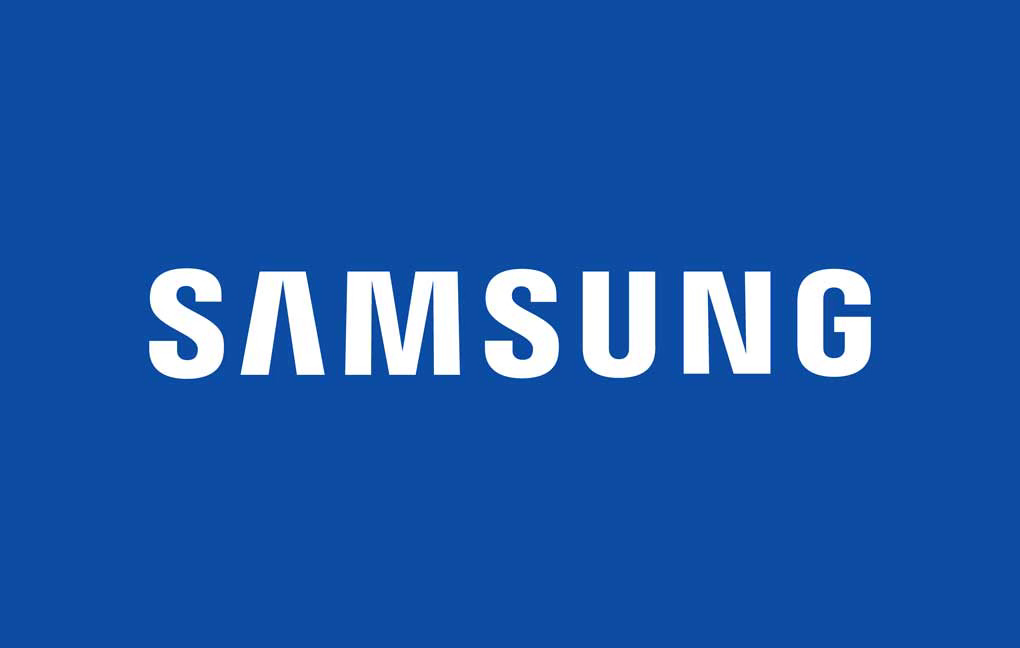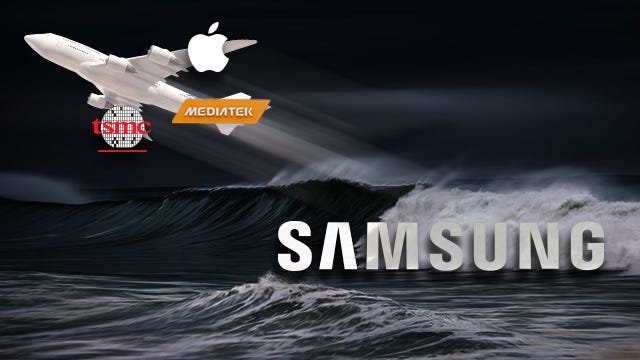Why can’t Samsung catch up with TSMC?
It comes down to the fundamentals: a customer-centric company versus a profit-driven company.
What would happen if a company grew 70% every year for 10 years? If its first-year revenue was USD 30 million, then by the tenth year it would be USD 6 billion. Is it truly possible to grow a business at such a pace? And if it were possible, what kind of reception would that CEO receive?
But what if someone else helped another company achieve that kind of growth? You’d probably hear people say, “Where can you find such a philanthropist?” Yet there is such a business. Let’s take a look at that business, that business model, and also reflect on Samsung’s dark future.
NVIDIA, Once on the Brink of Failure, Suddenly Grows 70% Every Year
NVIDIA nearly went under when Microsoft launched Windows 95 in 1996. At the time, NVIDIA had almost finished developing its new product (NV2), but then Windows 95 arrived and took over the market. Tragically, NV2 wasn’t compatible with Windows 95, and this three-year-old startup was close to shutting down.
Then the Japanese gaming company SEGA stepped in to save NVIDIA. SEGA had originally planned to purchase NV2 upon its release, but since the product never came out, it technically had no obligation to pay. However, Jensen Huang, then a young CEO in his 30s, managed to persuade SEGA to provide an investment of USD 5 million. NVIDIA used that money to stay afloat for another six months, during which time they developed their next product—ultimately achieving success.
Over the following 10 years, NVIDIA posted a compound annual growth rate (CAGR) of 70%. By 2025, it would become the world’s leading AI hardware company.
According to a story in The Wall Street Journal (“The 84-Year-Old Man Who Saved Nvidia”), Jensen Huang remains deeply grateful to SEGA, the Japanese company that saved him from failure, as well as to Shoichiro Imajiri, then CEO of SEGA’s U.S. operations.
The Person Jensen Huang Reveres Above All
But the real story lies elsewhere. There’s another individual—someone Jensen says he is most grateful to in this world, someone he considers a role model in life, someone he praises any chance he gets. In 2007, Jensen said the following:
“When I first met you, back in 1997, NVIDIA’s revenue was USD 27 million, and we had about 100 employees. But in the very next year after meeting you, our revenue grew by 127%, and the following year by almost 100%. From that time until now (2007)—roughly 10 years—NVIDIA’s annual growth rate has averaged around 70%.”
This conversation took place at the Computer History Museum in Silicon Valley. During it, Jensen explained that NVIDIA’s success was possible because of the person he was talking to. As a side note, that person was not an NVIDIA employee.
If he’s telling the truth, it’s truly astounding. This individual wasn’t a philanthropist—so how could he have helped turn another company into a global powerhouse? Is something like that really possible?
“We’ll Make It for You—Just Bring the Ideas”
Have you guessed by now? The person Jensen was speaking with is Morris Chang, the CEO of TSMC. What magic did he pull off? He made the products on NVIDIA’s behalf. For NVIDIA, a fabless startup with no manufacturing plants of its own, TSMC built the factories and took care of production. That’s the essence of a foundry.
Using a Foundry Plant: No Worries About “Defects”
When you use a foundry plant, you don’t have to worry about defective products. They manufacture everything for you, no questions asked. They assume all uncertainties and risks related to manufacturing failures. If a customer’s orders suddenly increase or decrease, that’s not your problem. If demand skyrockets by 200%, the foundry will simply produce 200% more. If the market goes south and your orders drop by 50%, you can just tell them to make 50% less. There’s no need to worry about additional facility investments or idle equipment due to a production cut. TSMC invests huge amounts of capital on behalf of its clients to maintain what can be called “extreme production flexibility.”
All NVIDIA Has to Do Is Innovate
NVIDIA only needs to focus on innovation. As long as they can come up with innovative designs that captivate customers, they don’t have to think about the capital-intensive aspects of manufacturing. From Jensen’s point of view, how much simpler could running a business be? He just has to do what he’s good at, and anything he hasn’t done before can be handed over to someone else. If that’s the key to success for a fabless company like NVIDIA, then TSMC truly is a magical company.
That’s Not the End of the Story
There was a time when the semiconductor that ruled the IT world was the CPU, dominated by Intel. But Intel has now lost that leadership entirely. Why? Because it failed to produce more advanced chips. It couldn’t enter the next-generation, sub-7nm process node for a long time, meaning it failed to bring better products to market.
So, Which Companies Rule the World Now?
It varies by sector. In mobile chips (AP), Apple, Qualcomm, and MediaTek are the dominant players. For cloud server chips, Amazon—dominant in cloud services—excels. For machine learning chips, Google is the best. For AI chips, NVIDIA leads the way.
Their Common Trait? No In-House Fabs
All of these companies share one characteristic: they don’t own their own chip fabrication plants. In that sense, they’re all “fabless.” They handle the design, but leave the actual manufacturing to TSMC. TSMC focuses solely on manufacturing, blazing the trail in ever-more advanced process technologies on behalf of these companies.
This is the foundry business model, built on the division of labor between fabless design firms and foundries.
“We’ll Make It Even Better Than Your Design—Just Bring It to Us”
One of Korea’s foremost semiconductor experts shared the following story:
“I heard this while traveling in China, back before the U.S.–China rivalry really intensified. There was an American gentleman who was consulting for a Chinese company on semiconductors, and he told me an anecdote about TSMC.
At the time, Apple had designed an application processor (AP) and handed it over to TSMC for production. But it turned out that defective products were coming off the production line. That was a big deal. TSMC’s top customer was Apple, so you can imagine the turmoil. After looking into it, they found the fault lay with Apple—it was a design issue. TSMC then contacted Apple. What do you think they said?
‘We’ll send 50 of our engineers to Apple headquarters. If you’ll have us, we’ll fix the problem in no time.’
In other words, TSMC didn’t blame Apple. Instead, they offered to fix it quickly, saying, ‘We’ll help you.’ Ultimately, Apple tweaked its design, and that solved the problem.
Now, if this had happened in Korea? The manufacturer would likely have called the client and said, ‘It’s your design that’s at fault, not ours,’ focusing on avoiding blame. I used to think that was completely normal. But TSMC never takes that approach.”
The professor then posed this simple question: “Given how things work there, would you entrust your product to Samsung?”
The Essence of the Fabless-Foundry Model
A foundry isn’t just about manufacturing precisely according to a given blueprint. It’s about making a product even better than the design the client provides.
Fabless companies (the customers) don’t have deep expertise in hardware. They design everything on computers, so they don’t fully grasp what happens in real wafer processing or why a design that looks perfectly feasible in a virtual graphics environment can be so hard to produce in reality.
This is exactly where a foundry must devote itself to its customers. Using a variety of recipes and intellectual property (IP), the foundry has to “refine” ideas so they become real, functioning products. If it can’t do it alone, it needs to collaborate with various other companies. It has to fail endlessly, communicate, and keep trying.
This isn’t just a technical issue—it’s a matter of philosophy. A company that exists for its customers must have the mindset that it willsolve the customer’s problems, no matter what.
But What About Samsung?
In its eagerness to move quickly, Samsung rushed things. In 2019, then–Vice Chairman Lee Jae-yong announced that Samsung would become No. 1 in foundry by 2030. At that time, TSMC held a 48% market share, while Samsung’s was 19.1%. There was still a long way to go, but Samsung was gaining ground.
The company also declared a bold investment of over KRW 100 trillion (about USD 80 billion). As soon as it made this announcement, Samsung revealed plans to introduce the 3nm GAA process and released the necessary design kit. Three years later, it even succeeded in developing the actual 3nm process.
But there’s no customer. As mentioned, the point of a foundry is not the technology itself; it exists to make the customer’s product. No single technology by itself matters—what’s important is bringing technologies together and combining solutions so that a customer’s ordered product actually comes out. Without customers, you can’t produce anything meaningful.
Although the technology might be there, the lack of experience means yields may not be good. In 2022, Qualcomm’s departure provided indirect confirmation of this. Samsung encountered issues with heat in the Snapdragon mass-production process at 4nm. The result was an AP prone to overheating, followed by a temporary fix called GOS (Game Optimizing Service). Qualcomm was deeply disappointed.
Contrast that with TSMC, which proactively solved Apple’s design problem, versus Samsung, which exposed manufacturing limitations and resorted to a workaround. The difference speaks for itself.
Qualcomm Leaves Samsung for TSMC, and Snapdragon Performance Improves
In fact, Samsung was the world’s biggest purchaser of Qualcomm chips, and Samsung also manufactured Qualcomm’s latest chips. The two companies were the perfect partners. But now, that partner is making its newest chips somewhere else—and shows no sign of coming back. That switch happened in early 2022, while Samsung’s GAA 3nm process launched later that same year.
Potential clients have to consider the situation: if Samsung struggled with the 4nm process, can they do any better with 3nm? Why would anyone leave TSMC, which has proven capabilities, for an uncertain outcome at Samsung? Seeing the low yields, customers simply aren’t giving Samsung their business. As a result, the 48% to 19% gap in market share (in Q1 2019) has become 65% to 9% (as of Q3 2024, according to TrendForce).
Can Samsung Turn a Failing Company into a Global Leader?
Or Why Even Bother with the Foundry Business?
TSMC saved NVIDIA and then rose to become one of the world’s most prominent companies. A struggling startup and TSMC both caught the world’s attention at the same time. In the past, companies that had ideas but no money to manufacture chips found their way to TSMC to produce advanced chips and sell them. That success attracted even more customers. AMD even sold off its own factories and outsourced production to TSMC. In other words, TSMC first helped its customers succeed, and then it, in turn, became a star.
Today, TSMC’s market cap exceeds USD 800 billion, roughly four times that of Samsung Electronics.
This didn’t happen by luck. TSMC is a company with vision and philosophy. Over a long history in the foundry business, it has built up technology and cooperative relationships, and it also benefits from a robust post-processing ecosystem.
Why Did Samsung (and Intel) Underestimate the Foundry Business?
In the beginning, Samsung didn’t take the foundry model seriously. Neither did Intel. Why? Because it used to be a small-scale business. Former Samsung Electronics President Jin Dae-je makes that clear with the following anecdote:
“If you take a 300mm wafer and produce memory chips like Samsung does, you can earn USD 3,000 to 4,000 per wafer. If you make CPUs like Intel, you can earn USD 4,000 to 5,000. But if you’re doing foundry work like TSMC, it’s hard to charge USD 2,000.
So, if you could choose, would you go into foundry or make memory? Obviously, if you can’t do CPUs, you’d pick memory over foundry.
That’s how Samsung and Intel viewed the foundry business. TSMC pursued foundry because it couldn’t do either memory or CPUs. It was a smaller-scale business, but by cutting costs and improving efficiency, it still made a decent profit.”
But Now, the Situation Has Changed
Advanced foundries command the highest prices. In fact, TSMC’s upcoming 2nm process is rumored to cost USD 30,000 per wafer.
This is precisely why Samsung wants to get into the foundry business—because it’s more lucrative. In reality, Samsung has declared that it will exclude low-value-added foundry work and focus only on high-value-added production. And here, I believe, is where the philosophy of the foundry business and Samsung Electronics’ goals have diverged. A foundry needs a philosophy of “helping customers realize their dreams” before it aims to “make a profit for itself.”
Yet for Samsung, what mattered was “becoming an advanced foundry.” To achieve that, it decided it needed cutting-edge process technology, making technology acquisition its top priority. But what was really needed was a deeper philosophical commitment—a shift in attitude.
For now, Samsung is focusing on regaining its competitive edge in memory chips, so it’s difficult to pour resources into the foundry business. But if someday it decides to challenge TSMC’s dominance again, it must first answer this question:
Why does Samsung want to be in the foundry business? Is it willing to collaborate with struggling companies to help them become No. 1?
This text is a translation of an article from KBS, South Korea’s public broadcaster. It was such a great read that I wanted to share it.
Original source: KBS - Can Samsung, like TSMC, turn a struggling company into a ‘world leader’?


